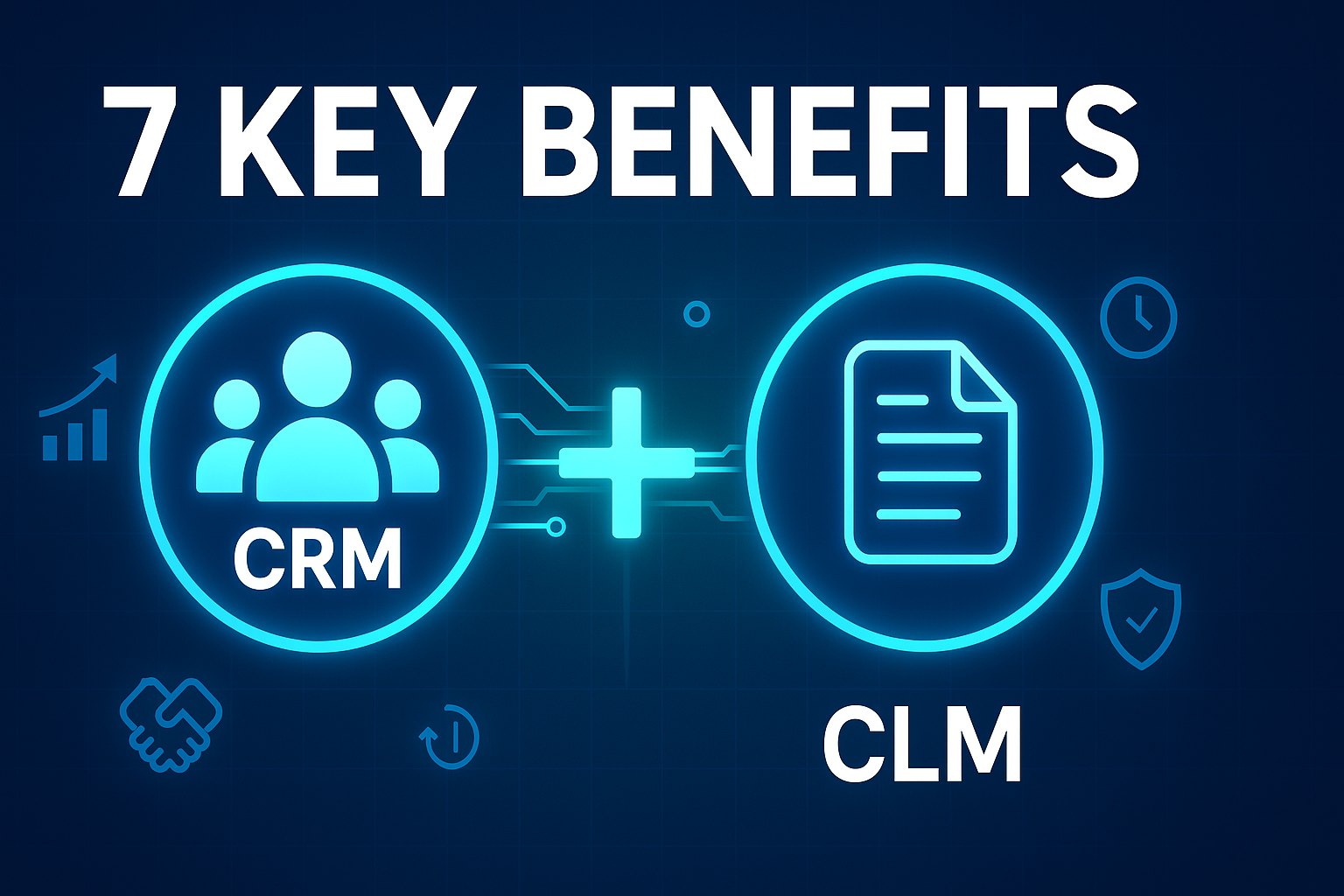August 21st, 2023 | Updated on July 28th, 2025
In today’s digital age, social media platforms have become an integral part of our lives. Instagram, with its visually appealing content and vast user base, has transformed the way we connect and interact with others.
As businesses strive to leverage this platform’s potential, the Instagram API (Application Programming Interface) has emerged as a powerful tool for developers to create innovative apps and services.
However, one crucial aspect that businesses need to consider when utilizing the Instagram API is its pricing structure.
The question of whether the cost is justified by the long-term value it brings to the business is one that requires careful evaluation.
By assessing the strategic investment potential of the Instagram API’s pricing structure, businesses can make informed decisions about utilizing this powerful tool.
When analyzing the long-term value proposition of the Instagram API’s pricing structure, businesses must consider various factors.
Firstly, understanding the scalability of the API is crucial. As businesses grow and their needs evolve, it is essential to evaluate if the pricing structure allows for seamless expansion without incurring significant additional costs.
Additionally, businesses should assess the potential for revenue generation through the API.
By integrating the API into their apps or services, businesses can enhance user experiences, resulting in increased engagement and potential monetization opportunities.
Another aspect to consider when assessing the long-term value proposition is the competitive advantage that the Instagram API provides.
By utilizing the API, businesses can tap into the rich data and functionalities that Instagram offers, enabling them to create unique and compelling app features.
This competitive edge can attract more users, increase customer loyalty, and ultimately drive business growth.
By carefully evaluating the long-term value proposition of the Instagram API’s pricing structure, businesses can ensure that their investment aligns with their strategic goals and objectives.
You May Also Like: 4 API Design Security Tips
Performance Metrics: How Data From Instagram API’s Analytics Can Validate The Economic Viability Of App Features
Data is the backbone of decision-making in today’s data-driven world. When it comes to evaluating the economics of Instagram API pricing, performance metrics play a crucial role in validating the economic viability of app features.
By leveraging the analytics data provided by the Instagram API, businesses can gain valuable insights into user behavior, engagement levels, and the overall success of their app features.
One key performance metric to consider is user engagement. By analyzing metrics such as likes, comments, and shares, businesses can gauge the level of user interest and interaction with their app features.
This data can help identify which features are resonating with users and driving the most engagement.
By focusing on the app features that generate high levels of engagement, businesses can optimize their cost-effectiveness by allocating resources to the most impactful features.
Another important performance metric to consider is user retention. By analyzing data on user churn rate and retention rates, businesses can assess the stickiness of their app features.
High retention rates indicate that users find value in the features provided by the app, resulting in increased long-term usage and potential monetization opportunities.
This data can help businesses make informed decisions about which features to invest in and which ones may need improvement or removal.
Furthermore, performance metrics can also help evaluate the effectiveness of monetization strategies.
By analyzing data on revenue generated through in-app purchases or advertisements, businesses can assess the economic viability of their app features.
This data can guide decisions on pricing models, ad placements, and overall revenue optimization strategies.
By leveraging the data provided by the Instagram API’s analytics, businesses can gain a comprehensive understanding of the economic viability of their app features.
This data-driven approach allows for informed decision-making and optimization of cost-effectiveness.
Value-Driven Development: Incorporating User Insights From The Instagram Api To Optimize Cost-Effectiveness
Developing a successful app requires a deep understanding of user needs and preferences.
By incorporating user insights from the Instagram API, businesses can optimize cost-effectiveness by focusing on delivering value to their target audience.
One way to incorporate user insights is through user feedback and reviews.
By analyzing the feedback provided by users who interact with the app features integrated with the Instagram API, businesses can gain valuable insights into what users find valuable and what areas may need improvement.
This user-centric approach allows for the development of app features that align with user preferences, ultimately optimizing cost-effectiveness by avoiding unnecessary investments in less impactful features.
Additionally, businesses can leverage the data provided by the Instagram API to personalize user experiences.
By analyzing user behavior and preferences, businesses can tailor app features to meet individual user needs.
This personalized approach not only enhances user satisfaction but also increases the likelihood of user retention and engagement, ultimately optimizing cost-effectiveness.
Furthermore, businesses can utilize the Instagram API’s data to identify trends and market demands.
By analyzing data on popular hashtags, trending topics, and user demographics, businesses can gain insights into what content resonates with users.
This data-driven approach allows for the development of app features that align with market demands, increasing the likelihood of user adoption and engagement.
By incorporating user insights from the Instagram API, businesses can optimize cost-effectiveness by developing app features that deliver value to their target audience.
This user-centric approach not only enhances user satisfaction but also increases the likelihood of business success.
You May Also Like: How To Integrate The Sabre API With Your Business
ROI Optimization: Strategies For Maximizing Returns On Investment By Aligning App Features With Instagram API’s Costs
Return on Investment (ROI) is a critical factor in evaluating the economics of Instagram API pricing. Maximizing returns on investment requires businesses to align their app features with the costs associated with utilizing the Instagram API.
By implementing strategic optimization strategies, businesses can ensure that their investment in the Instagram API is cost-effective and yields significant returns.
One strategy for optimizing ROI is through cost-benefit analysis. By evaluating the potential benefits that each app feature integrated with the Instagram API brings and comparing them to the associated costs, businesses can prioritize investments.
This analysis allows businesses to focus their resources on features that provide the highest return on investment, ensuring cost-effectiveness.
Another strategy for maximizing ROI is through continuous monitoring and optimization.
By regularly analyzing the performance metrics provided by the Instagram API, businesses can identify areas for improvement and make necessary adjustments.
This iterative approach allows for the optimization of app features based on user feedback and data-driven insights, ultimately maximizing ROI.
Furthermore, businesses can explore partnerships and collaborations to optimize ROI. By leveraging the Instagram API’s functionalities, businesses can develop mutually beneficial partnerships with influencers, brands, or other app developers.
These collaborations can enhance app features, increase user engagement, and open up new revenue streams, ultimately maximizing ROI.
By implementing strategic optimization strategies, businesses can ensure that their investment in the Instagram API is cost-effective and yields significant returns.
Maximizing ROI requires businesses to align their app features with the costs associated with utilizing the Instagram API, resulting in a win-win situation for both businesses and their users.
Image Source: unsplash.com







